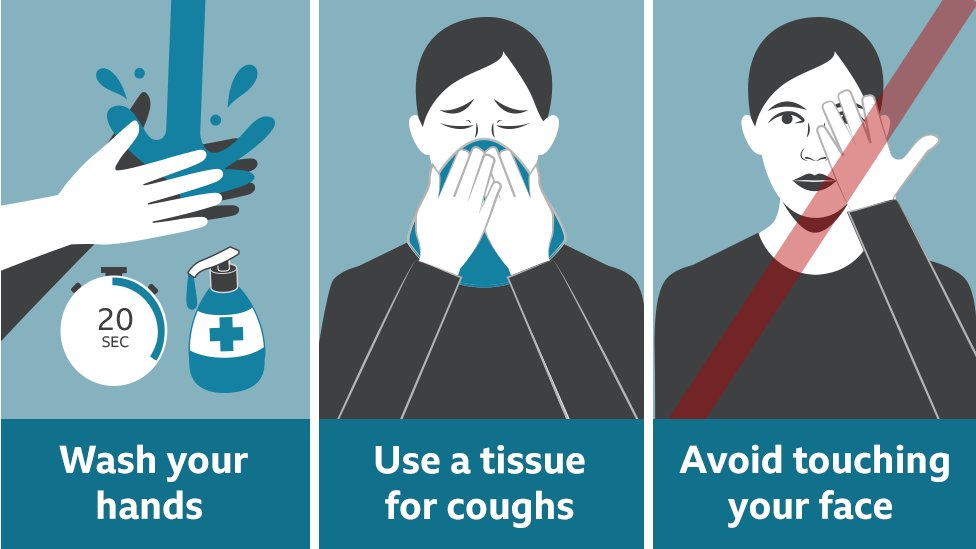

SARS-CoV-2, the virus that causes COVID-19, will naturally develop mutations, which are changes to the genetic material in the virus over time. Genetic variations of viruses, such as the one that causes COVID-19, are common and expected. View PEI case information involving variants of concern. Yes, positive cases of COVID-19 in PEI have been identified as being infected with a variant of concern. COVID-19 was declared a global pandemic in March 2020. This may be the case for: older people or people with chronic disease (for example: diabetes, cancer, heart, renal, or chronic lung disease).ĬOVID-19 is a new disease caused by the coronavirus (SARS-CoV-2) that was first identified in Wuhan, China in December 2019. Your risk of severe illness may be higher if you have a weakened immune system. Am I at risk of getting sick with COVID-19? Research is also under way to study virus variants that are emerging and why some are more transmissible. The virus is not known to spread through ventilation systems or through water.įurther research is ongoing to better understand the spread of the virus and which settings are most risky and why. People may also catch the virus from touching something with the virus on it, then touching the eyes, nose or mouth without washing hands. This is because aerosols can remain suspended in the air or travel farther than conversational distance (this is often called long-range aerosol or long-range airborne transmission). The virus can also spread in poorly ventilated and/or crowded indoor settings, where people tend to spend longer periods of time. Another person can then contract the virus when infectious particles that pass through the air are inhaled at short range (this is often called short-range aerosol or short-range airborne transmission) or if infectious particles come into direct contact with the eyes, nose, or mouth (droplet transmission). The virus can spread from an infected person’s mouth or nose in small liquid particles when they cough, sneeze, speak, sing or breathe. contact your family doctor or nurse practitioner contact a walk-in clinic or, if you are registered for virtual care, contact Maple for an online assessment.Ĭurrent evidence suggests that the virus spreads mainly between people who are in close contact with each other, for example, the distance between two people having a conversation.

If you can’t get a self-test kit, need non-urgent medical attention, or are at a higher risk of severe outcomes:.take a self-test ( rapid antigen test) and, if you received a negative result, repeat the test again in 48 hours using the second test in the kit.If you do not need medical attention or are not in a high-risk group:.if you live with others, stay in a separate room.stay home ( isolate) to avoid spreading it to others.take up to 14 days to appear after contact with the virus.Other symptoms like nausea, vomiting, or diarrhea have been reported, but typically along with other COVID-19 symptoms, and may be seen more often in children. shortness of breath or difficulty breathing.Symptoms of COVID-19 are often similar to other illnesses. Those who are infected with COVID-19 may be very ill or have little to no symptoms. Some human coronaviruses spread easily between people, while others do not. With some coronaviruses there are no symptoms or mild illness, like the common cold, while other coronaviruses can cause severe illness. Coronaviruses are a large family of viruses that cause respiratory illnesses. COVID-19 is an illness caused by a coronavirus.


 0 kommentar(er)
0 kommentar(er)
